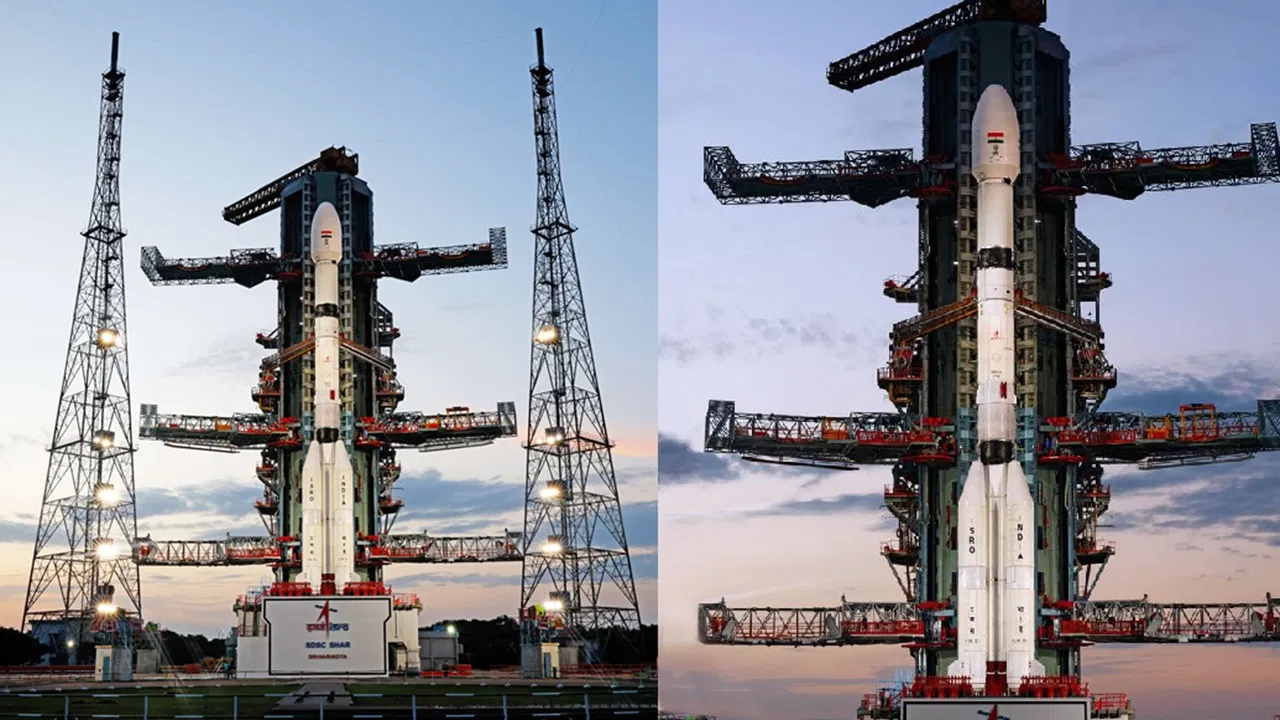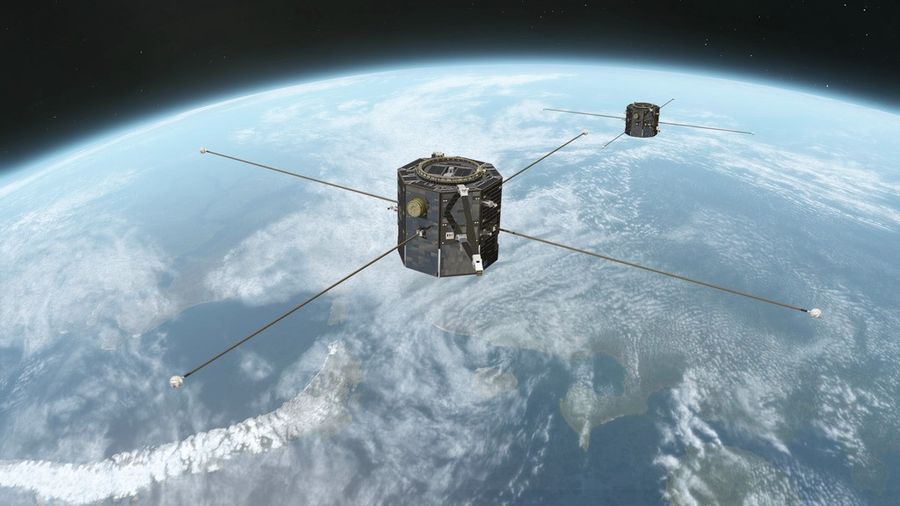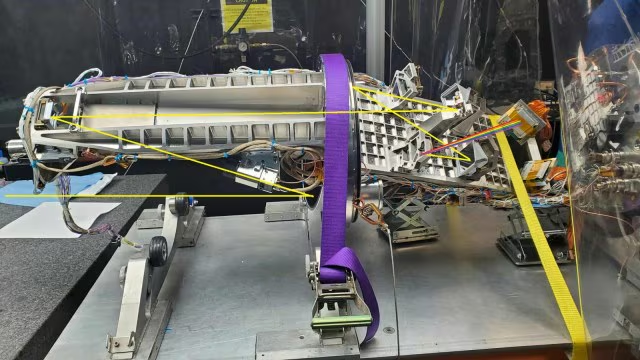



NASA's James Webb Space Telescope and Chandra X-ray Observatory have discovered a mysterious black hole, LID-568, with a low-mass supermassive nature. This low-mass black hole feeds on surrounding matter 40 times faster than previously thought, providing insights into the origin and growth of supermassive black holes.

Copyright infringement not intended
Picture Courtesy: The Hindu
An international team of researchers using NASA’s James Webb Space Telescope (JWST) and the Chandra X-ray Observatory has discovered a mysterious black hole that may provide insights into the origin and growth of supermassive black holes.
The researchers discovered a bizarre black hole, LID-568, that provides valuable insights into the growth of supermassive black holes.
Supermassive black holes are enormous black holes with masses ranging from millions to billions of times the sun's mass. They are commonly found at the centers of most galaxies, including the Milky Way, where Sagittarius-A resides.
LID-568 is a low-mass supermassive black hole that existed just 1.5 billion years after the Big Bang. It feeds on surrounding matter at a rate 40 times higher than the previously thought upper limit, breaking established astrophysical norms.
Initially, researchers detected LID-568 using Chandra X-ray observations, where it appeared bright in X-rays but invisible in optical and near-infrared wavelengths. They later used JWST's infrared sensitivity to confirm its existence and properties.
Eddington limitThe Eddington limit defines the maximum rate at which a black hole can feed on matter while balancing radiation pressure with gravitational pull. LID-568 exceeds this limit by a factor of 40, categorizing it as a super-Eddington accretion black hole. |
It is a large, space-based observatory designed to observe the universe primarily in infrared wavelengths, allowing it to study deeper into space and time than previous telescopes.
It studies the formation of the first stars and galaxies after the Big Bang, as well as examines the atmospheres of planets around other stars (exoplanets) by looking through dust clouds where they form.
It is a collaborative project between NASA (United States), ESA (European Space Agency), and CSA (Canadian Space Agency).
It is the world’s most powerful X-ray telescope that is designed to detect X-ray emissions from extremely hot regions of the Universe, such as exploded stars, galaxy clusters, and the areas surrounding black holes.
It was launched in 1999, aboard the Space Shuttle Columbia (STS-93). It is part of NASA’s “Great Observatories” program, which includes the Hubble Space Telescope, the Spitzer Space Telescope, and the now-deorbited Compton Gamma Ray Observatory.
It orbits above Earth's atmosphere because X-rays are absorbed by it. To detect X-rays, Chandra must be at an altitude of 139,000 km in space.
It helps scientists to capture X-ray images of distant and exotic environments. These images provide valuable insights into the structure and evolution of the universe.
Must Read Articles:
PSLV-C58 XPOSAT TO STUDY BLACK HOLES
Source:
|
PRACTICE QUESTION Q.Consider the following statements: 1. The event horizon is the most significant characteristic of a black hole. 2. A black hole can be detected by the radiation emitted. Which of the above statements is/are correct? A) 1 only B) 2 only C) Both 1 and 2 D) Neither 1 nor 2 Answer: A Explanation: Statement 1 is correct: A black hole's most defining feature is the event horizon because it marks the boundary around the black hole where the gravitational pull is so intense that nothing, not even light, can escape, essentially acting as the "point of no return" beyond which anything that crosses can never come back out; this is what makes a black hole "black" as no light can be emitted from within it. Statement 2 is incorrect: A black hole itself cannot directly emit radiation as it is defined as an object with such intense gravity that nothing, including light, can escape from within its event horizon; however, we can detect a black hole by observing the intense radiation emitted by the matter surrounding it, particularly the hot gas that spirals into the black hole in an accretion disk, which heats up to extreme temperatures and emits X-rays that can be detected by telescopes; this allows scientists to indirectly "see" the black hole's presence and study its properties. |






© 2025 iasgyan. All right reserved